Oct. 31, 2022
Prelims Pointers
Oct. 31, 2022
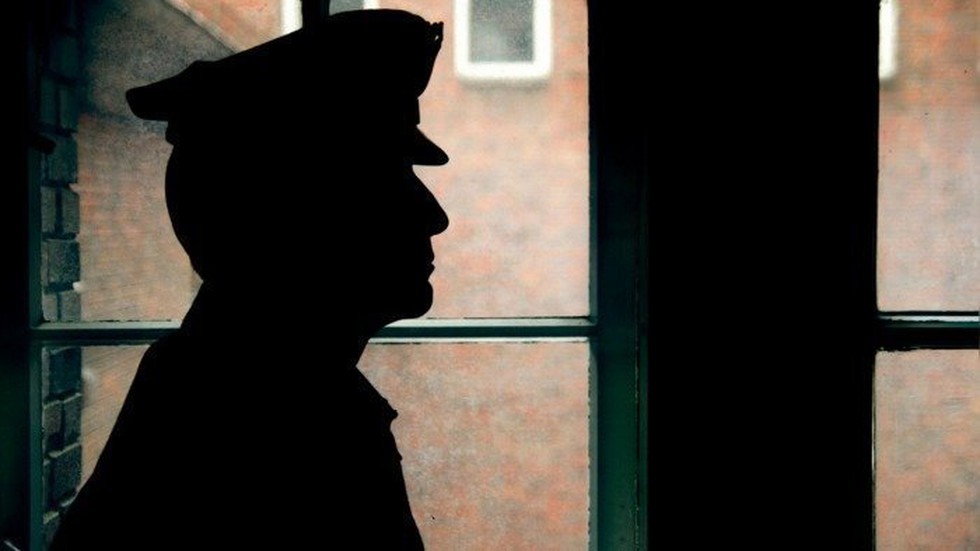
About:
- The medal was constituted in 2018 with the objective to recognize those operations, which have high degree of planning, high significance for the security of the country/State/UT and have significant impact on the security of larger sections of the society.
- The award shall be conferred for Special Operation in the areas such as counter terrorism, border action, arms control, prevention of narcotics smuggling and rescue operations.
- All recommendations for the award is sent to the MHA within three months of the special operation.
- It is announced on 31st of October every year.
- In a year, normally 3 Special Operations are considered for the award and in extra ordinary circumstances; the award may be given up to 5 Special Operations to encourage State/UT Police.
Prelims Pointers
Oct. 31, 2022
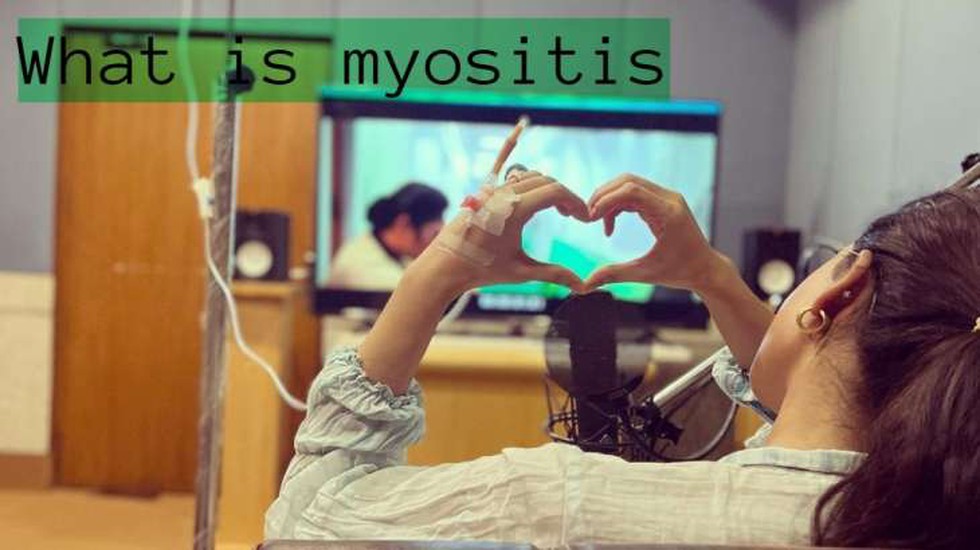
About:
- What is myositis? It is a rare condition that causes muscles to become weak, painful and tired. Myo means muscle, itis means inflammation. When muscles are inflamed, they may be swollen and susceptible to pain.
- Causes: It is usually caused by a problem with the immune system, where it mistakenly attacks healthy tissue. In most cases, the exact cause of myositis is unknown and therefore considered idiopathic.
- Prevalence: Around 4-22 cases per one lakh population. Myositis can affect both children and adults. With the exception of one type of myositis, women are more likely to be affected by this disease than men.
- Types of myositis:
- Dermatomyositis
- Inclusion-body myositis
- Juvenile myositis
- Polymyositis
- Toxic myositis
- Symptoms: The general symptoms may include muscle pain and soreness, fatigue, trouble swallowing, and difficulty breathing.
- Treatment: Since there is no one medical treatment that fits all, immunosuppressant drugs are recommended along with physical therapy, exercise, stretching, and yoga which can help keep muscles strong and flexible and prevent muscle atrophy.
Prelims Pointers
Oct. 31, 2022
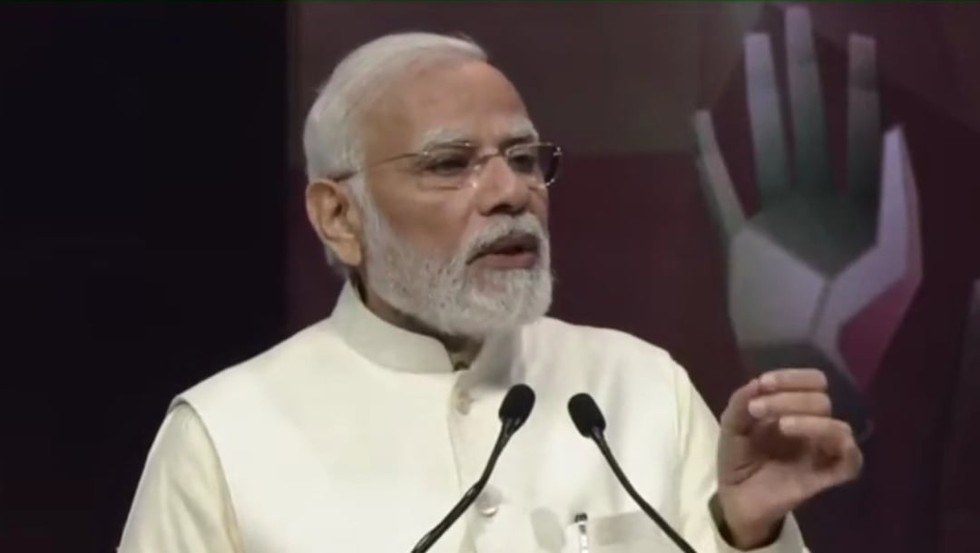
About:
- Prime Minister's National Relief Fund (PMNRF) was established entirely with public contributions and does not get any budgetary support.
- The corpus of the fund is invested in various forms with scheduled commercial banks and other agencies. Disbursements are made with the approval of the Prime Minister.
- PMNRF has not been constituted by the Parliament. The fund is recognized as a Trust under the Income Tax Act and the same is managed by Prime Minister or multiple delegates for national causes.
- PMNRF accepts voluntary contributions from Individuals, Organizations, Trusts, Companies and Institutions etc.
- All contributions towards PMNRF are exempt from Income Tax under section 80(G).
- The resources of the PMNRF are utilized to render immediate relief to families of those killed in natural calamities like floods, cyclones and earthquakes, etc.
- Assists partially to defray the expenses for medical treatment like heart surgery, kidney transplantation, cancer treatment of needy people and acid attack etc.
Prelims Pointers
Oct. 31, 2022
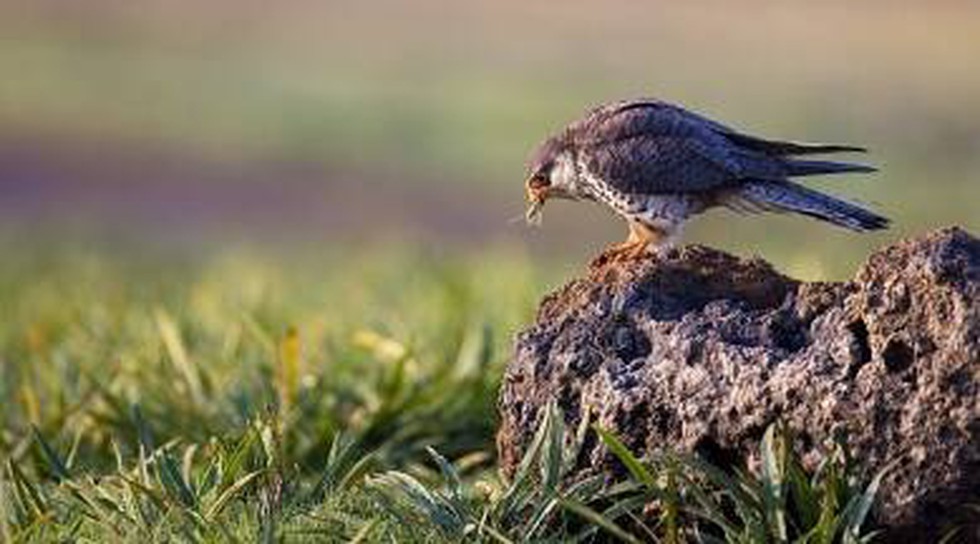
About:
- Migration Journey:
- Locally known as Akhuipuina, the bird arrives mainly in Manipur and Nagaland on its southbound migration from breeding grounds in North China, Eastern Mongolia and far-east Russia en-route to its wintering grounds in South Africa.
- The one-way journey via India is about 20,000 km long and the birds do this twice a year.
- Conservation efforts:
- Amur falcon is protected under the Wildlife Protection Act 1972 and included under its Schedule IV.
- Hunting of the birds or possessing its meat is punishable with imprisonment up to three years or a fine up to Rs 5,000.
- In 2018, the forest department started a conservation programme by radio-tagging the birds to study their migratory route.
- IUCN status is Least Concern.
Prelims Pointers
Oct. 31, 2022
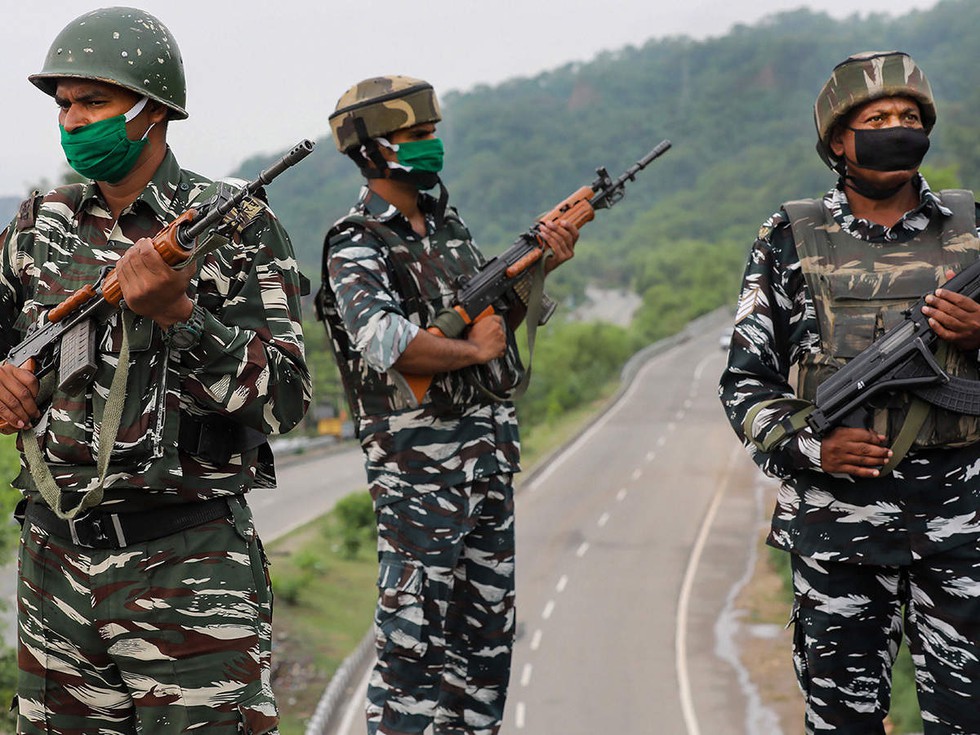
About:
- The Central Reserve Police Force (CRPF) is the premier central police force of the Union of India for internal security.
- It functions under the authority of the Ministry of Home Affairs (MHA) of the Government of India.
History of CRPF
- Originally constituted as the Crown Representative Police in 1939, it is one of the oldest Central para military forces (now termed as Central Armed Police Force).
- CRPF was raised as a sequel to the political unrest and the agitations in the then princely States of India following the Madras Resolution of the All-India Congress Committee in 1936 and the ever-growing desire of the Crown Representative to help the vast majority of the native States to preserve law and order as a part of the imperial policy.
- It became the Central Reserve Police Force on enactment of the CRPF Act on 28th December 1949.
Duties performed by the CRPF are
- Crowd control, Riot control
- Counter Millitancy / Insurgency operations, Dealing with Left Wing Extremism
- Overall co-ordination of large scale security arrangement specially with regard to elections in disturbed areas.
- Protection of VIPs and vital installations.
- Checking environmental de-gradation and protection of local Flora and Fauna
- Fighting aggression during War time
- Participating in UN Peace Keeping Mission
- Rescue and Relief operations at the time of Natural Calamities.
Prelims Pointers
Oct. 31, 2022
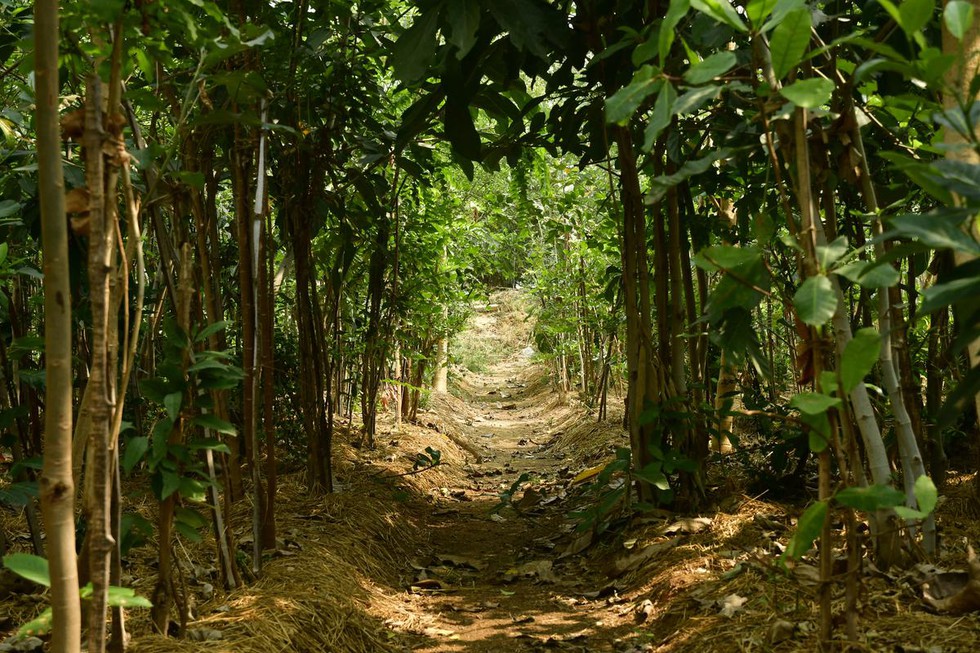
About:
- The Miyawaki Forest is named after the technique developed by Japanese botanist Dr Akira Miyawaki to plant saplings of various species close to each other to develop a dense urban forest.
- Through the Miyawaki method, a forest can be developed in just two to three years while it takes at least 20 to 30 years through the traditional method.
- The growth of plants is ten times faster using this method and as a result, the forest developed is thirty times denser.
- The Miyawaki Forest will include a Native Floral Garden, Timber Garden, Fruit Garden, Medicinal Garden and a Digital Orientation Centre.
- Maze garden: Sprawling over three acres with a pathway of 2,100 metres, this is the largest maze garden in the country. It has been designed in the shape of a ‘Shriyantra’, which is believed to bring positive energy to the place.
Prelims Pointers
Oct. 31, 2022
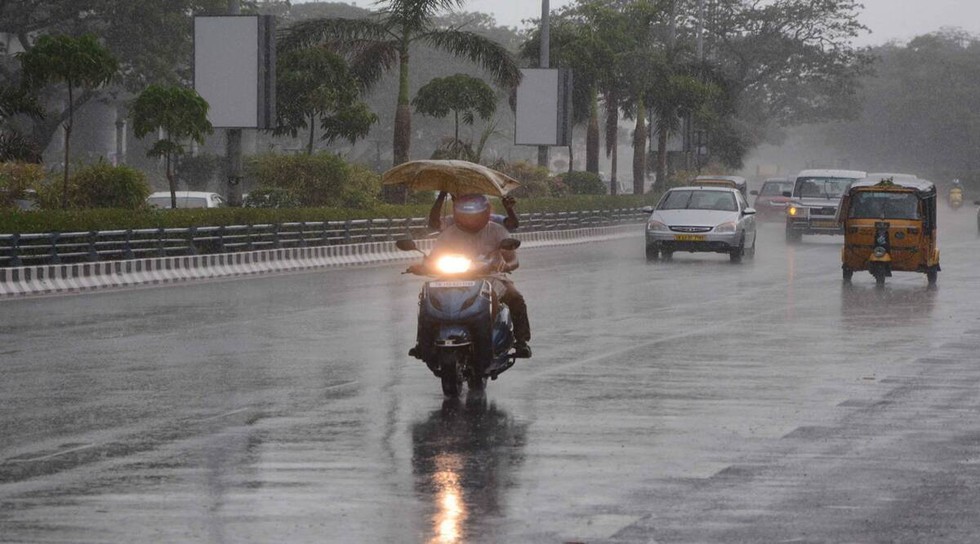
About:
- IMD was established in 1875. It is the National Meteorological Service of the country and the principal government agency in all matters relating to meteorology and allied subjects.
- The Director General of Meteorology is the Head of the India Meteorological Department.
- There are 6 Regional Meteorological Centres, each under a Deputy Director General with headquarters at Mumbai, Chennai, New Delhi, Calcutta, Nagpur and Guwahati.
- Its headquarter is in New Delhi.
- At present IMD is under the Ministry of Earth Sciences (MoES).
- IMD Mandate:
- To take meteorological observations and to provide current and forecast meteorological information for weather-sensitive activities like agriculture, shipping, aviation, offshore oil explorations, etc.
- To warn against severe weather phenomena like tropical cyclones, norwesters, duststorms, heavy rains and snow, cold and heat waves,,
- To provide meteorological statistics required for agriculture, water resource management, industries, oil exploration and other nation-building activities.
- To conduct and promote research in meteorology and allied disciplines.
Prelims Pointers
Oct. 31, 2022
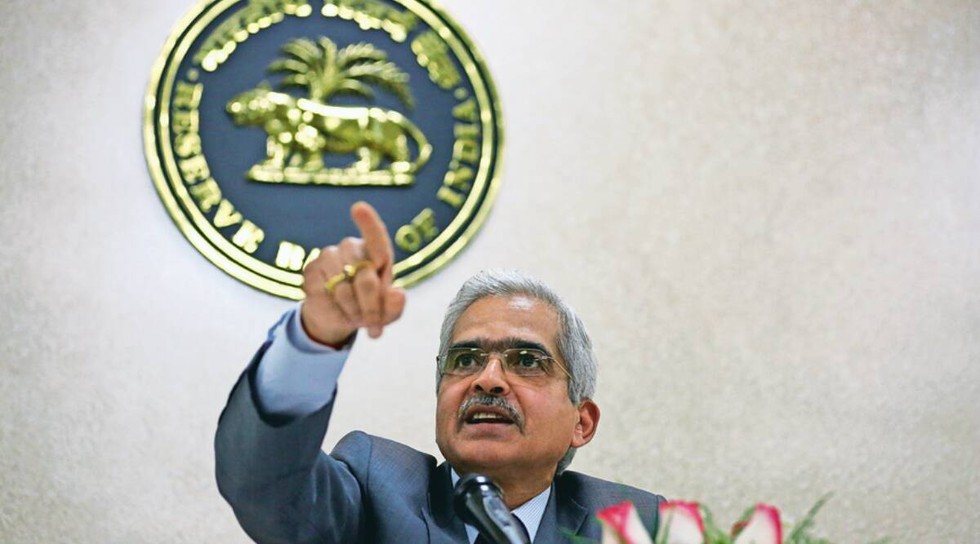
About:
- Under the “inflation-targeting” regime that began in 2016, the central bank is required to target an inflation rate of 4 per cent, with a leeway of 2 percentage points on either side.
- Retail inflation which is calculated using the Consumer Price Index (CPI) has been outside the RBI’s comfort zone for three consecutive quarters beginning January.
- Under the RBI Act, 1934, if the central bank fails to meet the inflation target for three consecutive quarters, it is required to provide the following information to the government:
- reasons for the failure to achieve the inflation target;
- remedial actions proposed to be taken; and
- an estimate of the time period within which the inflation target shall be achieved pursuant to timely implementation of the proposed remedial actions.
About MPC
- Under Section 45ZB of the amended RBI Act, 1934, the central government is empowered to constitute a six-member MPC to determine the policy interest rate required to achieve the inflation target. The first such MPC was constituted on September 29, 2016.
- Functions: MPC shall determine the Policy Rate required to achieve the inflation target”, and that “the decision of the Monetary Policy Committee shall be binding on the Bank”.
- Members:
- RBI Governor as its ex officio chairperson, the Deputy Governor in charge of monetary policy, an officer of the Bank to be nominated by the Central Board, and three persons to be appointed by the central government.
- The last category of appointments must be from “persons of ability, integrity and standing, having knowledge and experience in the field of economics or banking or finance or monetary policy”.
Prelims Pointers
Oct. 31, 2022
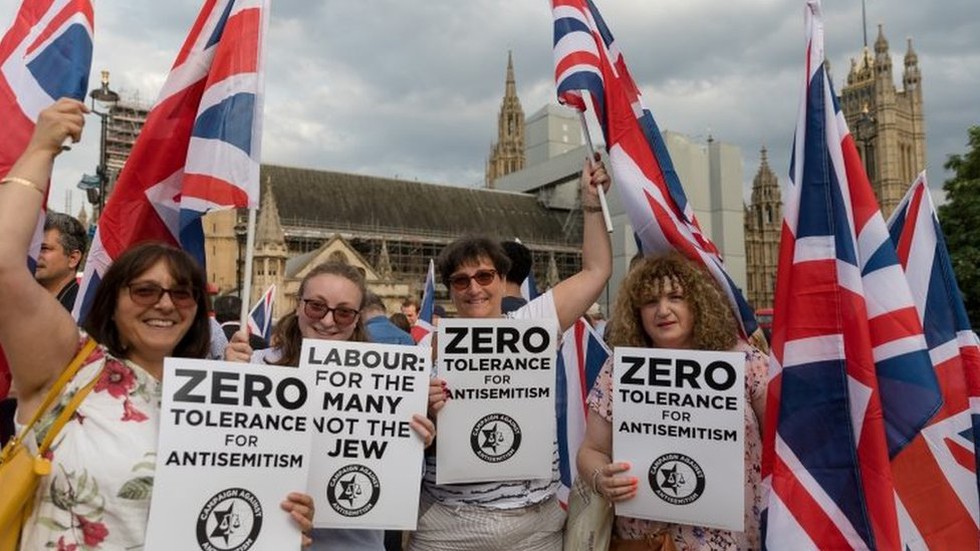
About:
- Anti-Semitism refers to any form of prejudice against the Jewish people. However, the term itself is a misnomer as Semitic designates a language group, not a race.
- Though anti-Semitism can linguistically be used to describe a prejudice against speakers of the Semitic languages (including Arabs and Ethiopians,) in practical terms, it is commonly used specifically to pertain to Jews.
Types of Anti-Semitism
- Racial anti-Semitism, most commonly associated with the Nazis, stems from a belief that Jews are a distinct, inferior race with inherent genetic traits. This form usually manifests in the belief that Jews need to be exterminated altogether.
- Religious anti-Semitism traces its roots to the early days of Christianity and is accompanied by a notion that Jews should be converted to other faiths.
- Social anti-Semitism is a form of exclusion of Jews from social situations. For example, a practice was reported in 1959 which claimed that Jews in America were routinely excluded from golf and sports clubs.
- Economic anti-Semitism posits that Jews have a disproportionate degree of control over global and national financial institutions, and that their stronghold over those institutions ought to be diminished.
- Political anti-Semitism is the attempt to keep Jews out of power. It is often conflated with anti-Zionism, a movement that denies the Jewish right to a national homeland
Prelims Pointers
Oct. 31, 2022
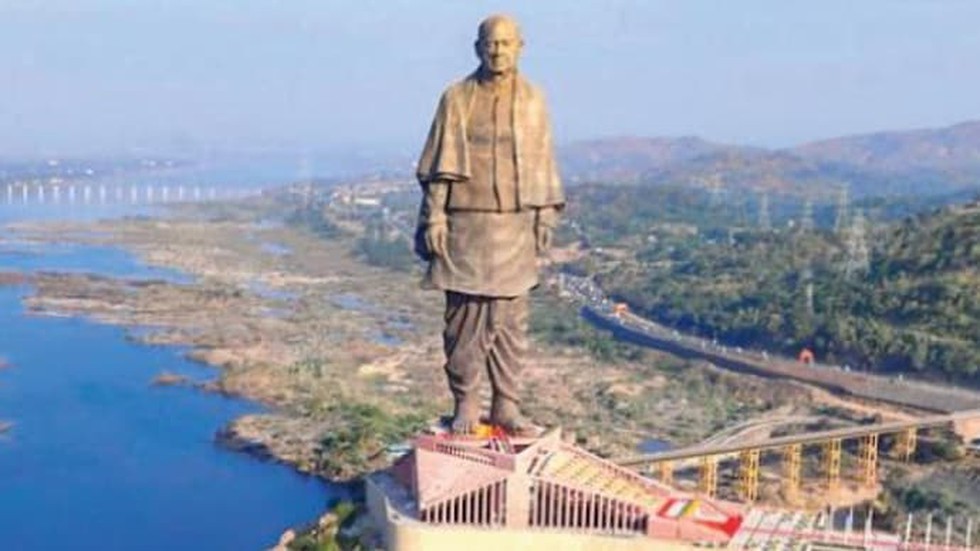
About:
- This year marks the 147th birth anniversary of freedom fighter Vallabhbhai Patel.
- Sardar Vallabhbhai merged 565 princely states to make India one nation. This is the reason why National Unity Day is celebrated on his birth anniversary.
Important facts
- Sardar Vallabhbhai Patel was appointed as the first Deputy Prime Minister and Home Minister of India from 1947 to 1950.
- He was so influenced by Gandhiji's ideas that in the year 1920 in the non-cooperation movement, he adopted indigenous Khadi items and started boycotting foreign clothes.
- Patel led the Satyagraha movement in Nagpur in 1923 against the British law of banning the hoisting of the Indian Flag.
- He was the second candidate for the post of President after Mahatma Gandhi at the Lahore session of the Indian National Congress in 1929.
- In the year 1950, the health of Sardar Vallabhbhai Patel started deteriorating and on 15 December 1950, he said goodbye to the world.
- Ahmedabad's airport has also been named Sardar Vallabhbhai Patel International Airport.
- In 2013, Narendra Modi laid the foundation stone of Sardar Patel's memorial in the Narmada district of Gujarat. It was named the Statue of Unity.
Oct. 30, 2022
Prelims Pointers
Oct. 30, 2022
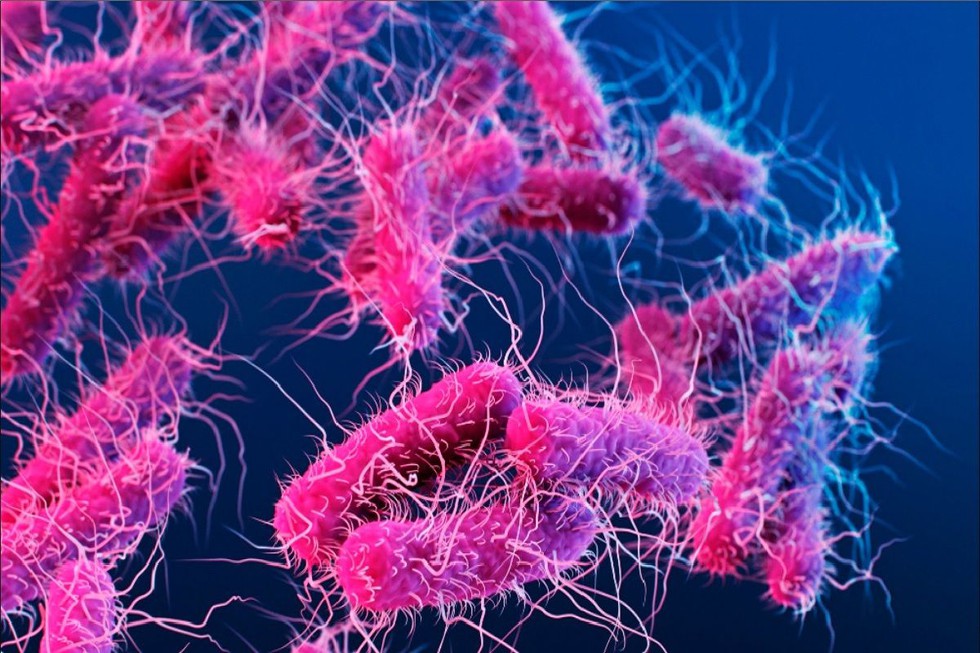
About:
- The rapid and unselective use of traditional antibiotics gives rise to the emergence of drug resistant phenotype in typhoidal and non-typhoidal Salmonella serovars.
- It has increased the difficulties in curing Salmonella-induced food-borne illnesses (majorly typhoid or paratyphoid fever, gastroenteritis, and diarrhoea) worldwide.
- Salmonella typhimurium ST313 is an invasive non-typhoidal Salmonella serovar, causes bloodstream infection in the malnourished and immunocompromised population of sub-Saharan Africa.
- The MDR phenotype in this pathogen was provided by Salmonella Genomic Island-1 (SGI-1), which confers protection against a wide range of antibiotics, including ampicillin (pse-1), chloramphenicol/florfenicol (floR), streptomycin/spectinomycin (aadA2), sulphonamides (sul1), and tetracycline (tetG) (ACSSuT).
- Further emergence of extensively drug-resistant (XDR) S. Typhimurium ST313 (having multi-drug resistant (MDR) and resistance against extended-spectrum beta-lactamase and azithromycin) in Africa posed a significant threat to global health.
- Recent studies reported an annual incidence of as many as 360 cases of typhoid fever per 1,00,000 people, with an annual estimate of 4.5 million cases and 8,930 deaths (0.2% fatality rate) in India.
- The continuous adaptation of this bacteria to the available antibiotics creates a risk of developing antimicrobial resistance in the future.
- The recent study showed that outer membrane porins of Salmonella Typhimurium play an essential role in the survival of the bacteria in the presence of antibiotics.
Salmonella infection:
- It is a disease caused by the bacteria Salmonella.
- Salmonella Typhimurium and salmonella typhi are two types of salmonella bacteria.
- It is usually characterized by acute onset of fever, abdominal pain, diarrhoea, nausea and sometimes vomiting.
- Salmonella is 1 of 4 key global causes of diarrhoeal diseases.
Prelims Pointers
Oct. 30, 2022
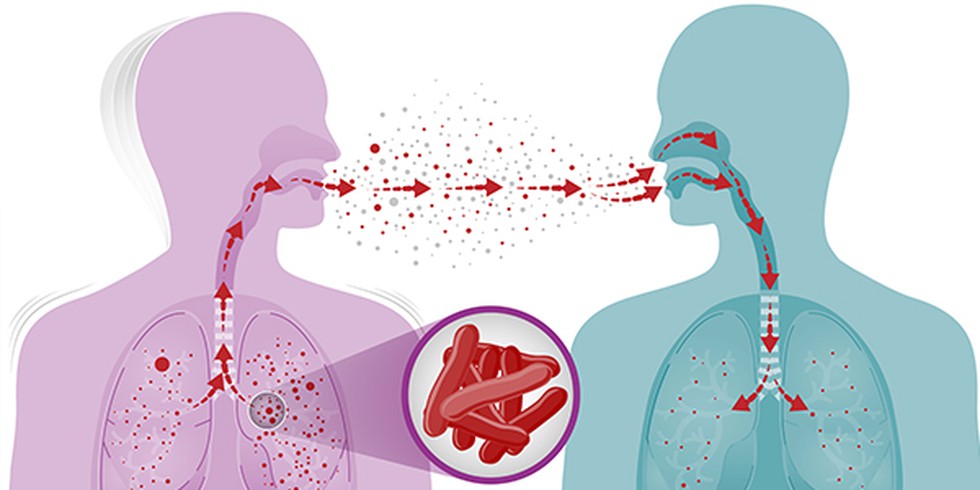
About:
- With 28% cases, India was among the eight countries accounting for more than two-third (or 68.3%) of the total TB patients’ count.
- The other countries were Indonesia (9.2% cases), China (7.4%), the Philippines (7%), Pakistan (5.8%), Nigeria (4.4%), Bangladesh (3.6%) and the Democratic Republic of the Congo (2.9%).
- The burden of drug-resistant TB (DR-TB) also increased by 3% globally between 2020 and 2021.
- India was among the three countries — others being Indonesia and the Philippines — that accounted for most of the reduction in 2020 (67% of the global total).
- They made partial recoveries in 2021, but still accounted for 60% of the global reduction compared with 2019, according to the report.
Tuberculosis (TB):
- Tuberculosis (TB) is caused by bacteria (Mycobacterium tuberculosis)that most often affect the lungs.
- It is curable and preventable disease.
- Two kinds of tuberculosis infection:
- Latent TB- The bacteria remain in the body in an inactive state. They cause no symptoms and are not contagious, but they can become active.
- Active TB - The bacteria do cause symptoms and can be transmitted to others.
- About one-quarter of the world's population has latent TB.
- People infected with TB bacteria have a 5–15% lifetime risk of falling ill with TB.
- However, persons with compromised immune systems, such as people living with HIV, malnutrition or diabetes, or people who use tobacco, have a much higher risk of falling ill.
- Transmission:
- TB is spread from person to person through the air.
- When people with lung TB cough, sneeze or spit, they propel the TB germs into the air.
- Even after inhaling a few drops of these germ, a person can get infected.
Multidrug-resistant tuberculosis (MDR-TB)
- Drug resistance emerges when anti-TB medicines are used inappropriately, through incorrect prescription by health care providers, poor quality drugs, and patients stopping treatment prematurely.
- Multidrug-resistant tuberculosis (MDR-TB) is a form of TB caused by bacteria that do not respond to first-line anti-TB drugs.
- MDR-TB is treatable and curable by using second-line drugs.
Prelims Pointers
Oct. 30, 2022
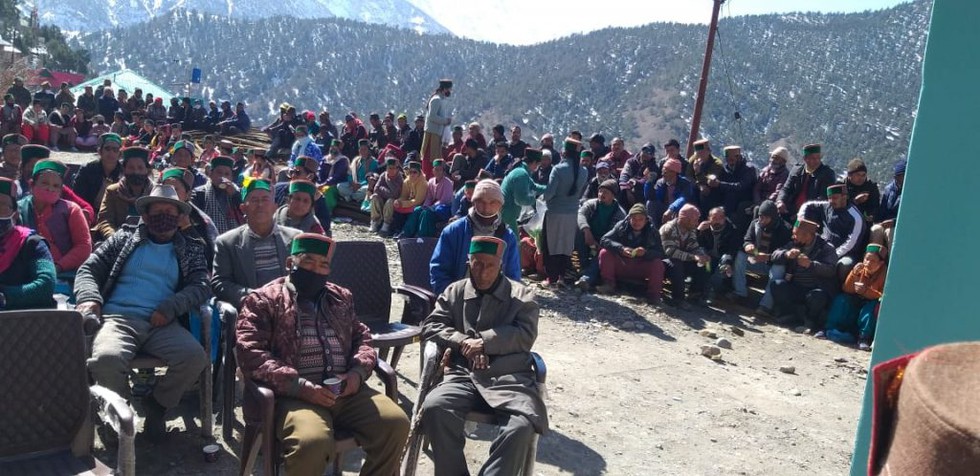
About:
- It is a proposed 804 megawatt project over the Satluj River.
- The run-of-the-river (ROR) project envisages construction of a concrete gravity dam of ±88 metre high above the deepest foundation level across river Satluj near Jangi village, and underground powerhouse on the right bank upstream of Tehsil boundary (Kashang Nallah).
- The diversion of water will involve construction of a 12-km-long tunnel.
- Construction of the dam will result in the submergence of about 156.2917 ha of land, out of which 143.2093 ha is forest land and 13.0824 ha is private.
- The length of the reservoir will be 10.6 km.
Impact:
- Kinnaur district is mainly marked by its cold desert, tribal population, fragile topography, rich and diverse culture, apple orchards, off-season vegetables and the Satluj River.
- The river has been dammed at multiple places along the valley to create an additional feature to Kinnaur’s identity as Himachal’s hydropower hub, which locals believe is a malediction.
- An integral part of the old Hindustan-Tibetan Route, Jangram Valley, lies on the right bank of the Satluj river in the district.
- Chilgoza pine:
- Another major impact is connected to the forest of Chilgoza pine, which has a patchy distribution across arid mountain valleys in Afghanistan, Pakistan and India.
- Kinnaur has the largest Chilgoza forests, covering an area of around 2,000 hectares.
- Chilgoza pine is well-known for its edible seeds and is rich in carbohydrates, proteins, and other medicinal values.
- It is classified as an endangered and rare tree species.
- Jangi, one of the affected Gram Panchayat from this JTP HEP, has one of the largest patches of chilgoza in the country, according to Himachal Pradesh’s State of Environment report.
Run-of-river hydro projects:
- ROR projects are seen as a “green” alternative to high-dam hydropower projects such as the Tehri Hydropower Project.
- This is because an ROR dam diverts the river flow in a controlled environment to generate electricity and sends the water back to the river, whereas a high-dam project stores river water in a reservoir.
Prelims Pointers
Oct. 30, 2022
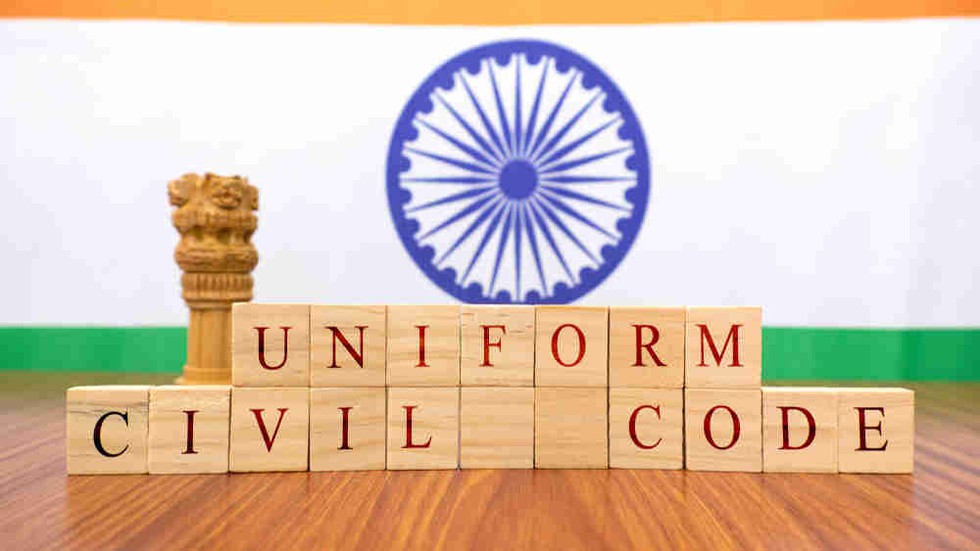
About:
- A Uniform Civil Code is one that would provide for one law for the entire country, applicable to all religious communities in their personal matters such as marriage, divorce, inheritance, adoption etc.
- Article 44 of the Constitution lays down that the state shall endeavour to secure a Uniform Civil Code for the citizens throughout the territory of India.
Directive Principles of State Policy:
- Article 44 is one of the Directive Principles of State Policy.
- These, as defined in Article 37, are not justiciable (not enforceable by any court) but the principles laid down therein are fundamental in governance.
- While Article 44 uses the words “state shall endeavour”, other Articles in the ‘Directive Principles’ chapter use words such as “in particular strive”; “shall in particular direct its policy”; “shall be obligation of the state” etc.
Uniform Civil Code (Goa):
- Goa, a former Portuguese colony, was incorporated into the Union of India in 1961. In 1987, Goa was made a separate state.
- The Uniform Civil Code (UCC) was introduced in Goa in the year 1870 by the erstwhile Portuguese rulers.
- It was retained even after the territory was merged with India in the year 1961.
Prelims Pointers
Oct. 30, 2022
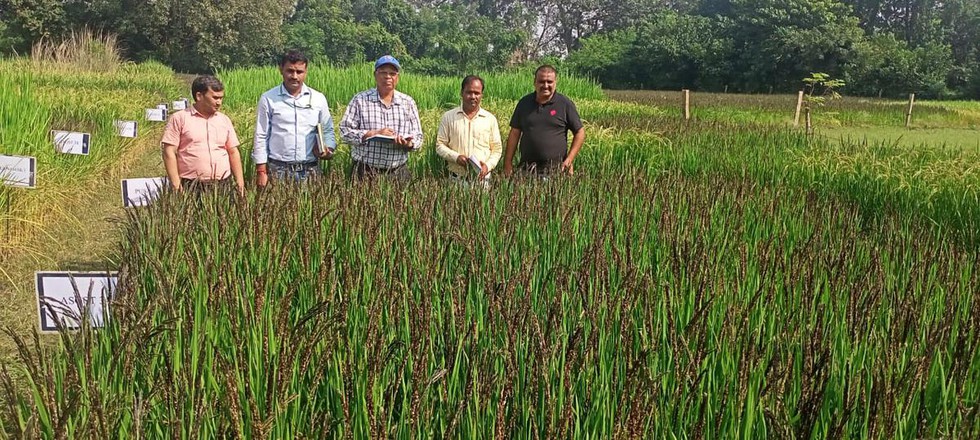
About:
- Kalanamak is a traditional variety of paddy with black husk and strong fragrance.
- It is considered a gift from Lord Buddha to the people of Sravasti when he visited the region after enlightenment.
- Grown in 11 districts of the Terai region of north-eastern Uttar Pradesh and in Nepal, the traditional variety has been prone to ‘lodging’, a reason for its low yield.
- Its yield is barely two to 2.5 tonnes per hectare.
- Lodging:
- Lodging is a condition in which the top of the plant becomes heavy because of grain formation, the stem becomes weak, and the plant falls on the ground.
- Lodging:
Geographical Indication (GI) tag:
- The traditional Kalanamak rice is protected under the Geographical Indication (GI) tag system.
- It’s recorded in the GI application that Lord Budhha gifted Kalanamak paddy to the people of Sravasti so that they remembered him by its fragrance.
New varieties:
- Addressing the problem, the Indian Agriculture Research Institute (IARI) has successfully developed two dwarf varieties of Kalanamak rice.
- They have been named
- Pusa Narendra Kalanamak 1638 and
- Pusa Narendra Kalanamak 1652.
- The IARI says the new name is in recognition of its association with the Acharya Narendra Dev University of Agriculture and Technology in Ayodhya, for testing the two varieties.
- The yield of the new varieties is double that of the traditional variety. The IARI and the Uttar Pradesh Council of Agriculture are working together to make the seeds available to farmers at the earliest.
Prelims Pointers
Oct. 30, 2022
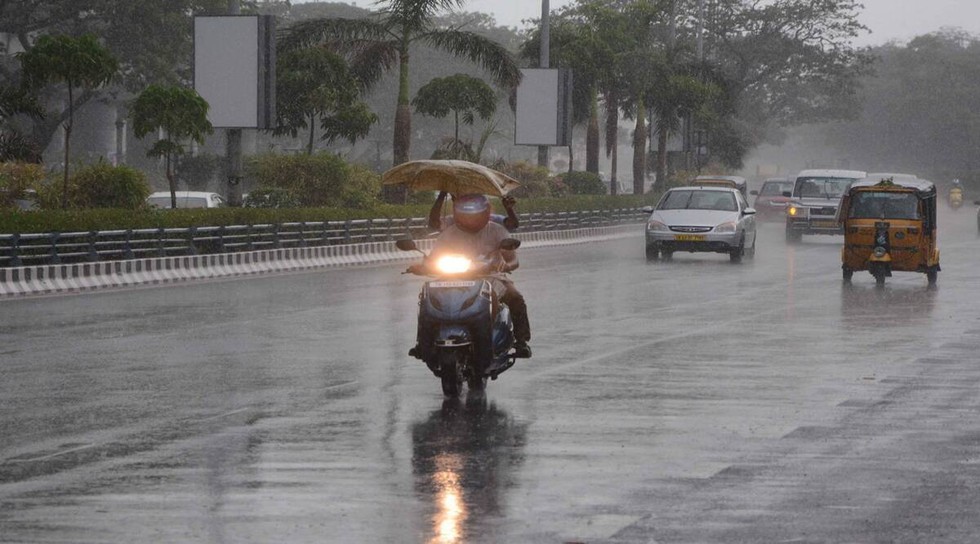
About:
- India receives rainfall during two seasons.
- About 75 per cent of the country’s annual rainfall is received from the Southwest monsoon between June and September.
- The Northeast monsoon, on the other hand, occurs during October to December, and is a comparatively small-scale monsoon, which is confined to the Southern peninsula.
- Also called the winter monsoon, the rainfall associated with the Northeast monsoon is important for Tamil Nadu, Puducherry, Karaikal, Yanam, coastal Andhra Pradesh, Kerala, north interior Karnataka, Mahe and Lakshadweep.
Prelims Pointers
Oct. 30, 2022

About:
- It has converted red mud into X-ray shielding tiles in a green and economically viable manner through a ceramic route by adding a certain weight percentage of high Z material and binder with it.
- These tiles can be used to build radiation shielding structures in diagnostic X-rays, CT scanner rooms, Cath labs, bone mineral density, dental X-rays, etc., instead of the toxic lead sheet to protect the public from radiation hazards.
Red Mud:
- Red Mud is the waste generated in the Bayer process of alumina production from bauxite.
- It is also known as bauxite residue.
- Red Mud is defined as a “High Volume Low Effect Waste”.
- Nearly 1 to 1.5 tonnes of RM is being generated while producing one tonne of alumina from the bauxite ore through the Bayer process.
- It is considered to be toxic due to its extreme alkalinity and heavy element leaching.
- Annually about 175 million tonnes of red mud have been generated globally and stored in a specially designed clay-lined pond.
- Among that India is producing nearly 9 million tonnes of red mud every year.
- The clay-lined ponds often broke out and pollute soil, groundwater, and air and become fatal for both humans and wildlife.
- Red mud is one of the underutilized industrial wastes and getting accumulated over the years due to an increase in alumina production as well as inadequate technologies for its large-scale utilization.
- The red mud contains 30 – 55% of Fe2O3, which is suitable for attenuating high-energy ionizing radiations like X- and gamma rays.
Prelims Pointers
Oct. 30, 2022
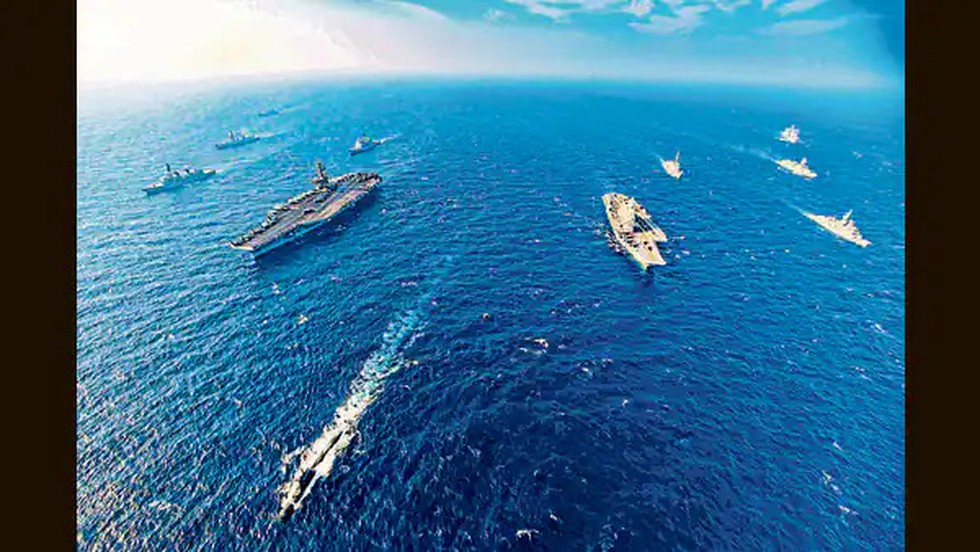
About:
- The theme of GMS-2022 is “Maritime Security Challenges in the Indian Ocean Region: Converting Common Maritime Priorities into Collaborative Mitigation Frameworks”.
- The theme is underpinned by the idea of ‘Security and Growth for All in the Region’ (SAGAR) and five principles of Maritime Security enunciated by the Hon’ble Prime Minister of India.
- The participants of the Symposium comprise Captains/ Commanders and equivalent-rank officers from Navies/ Maritime forces from friendly foreign countries viz., Bangladesh, Comoros, Indonesia, Madagascar, Malaysia, Maldives, Mauritius, Myanmar, Seychelles, Singapore, Sri Lanka, and Thailand, besides India.
Goa Maritime Symposium (GMS):
- It was conceptualised and instituted by the Indian Navy in 2016.
- It is a forum for fostering collaborative thinking, cooperation and mutual understanding between India and key maritime nations of the Indian Ocean Region (IOR).
- The symposium is conducted biennially by the Naval War College (NWC), Goa, and three editions of the event have been organised thus far.
Prelims Pointers
Oct. 30, 2022
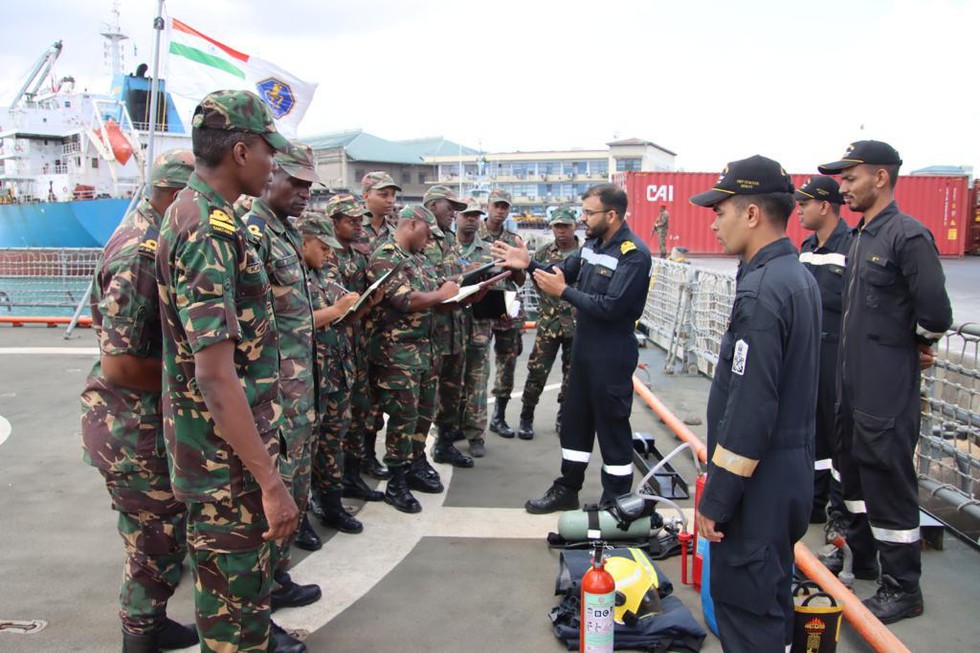
About:
- Indian Navy is represented by the guided missile frigate, INS Tarkash, a Chetak helicopter and MARCOS (Special Forces).
- The exercise has three broad objectives:
- capability development to address common threats through training and sharing of best practices,
- enhancing interoperability, and
- Strengthening maritime cooperation.
- These exercises reflect India's and the Indian Navy's commitment to enhancing maritime security and cooperation with maritime neighbours in the Indian Ocean Region and promoting SAGAR, Safety and Growth for All in the Region.
Prelims Pointers
Oct. 30, 2022
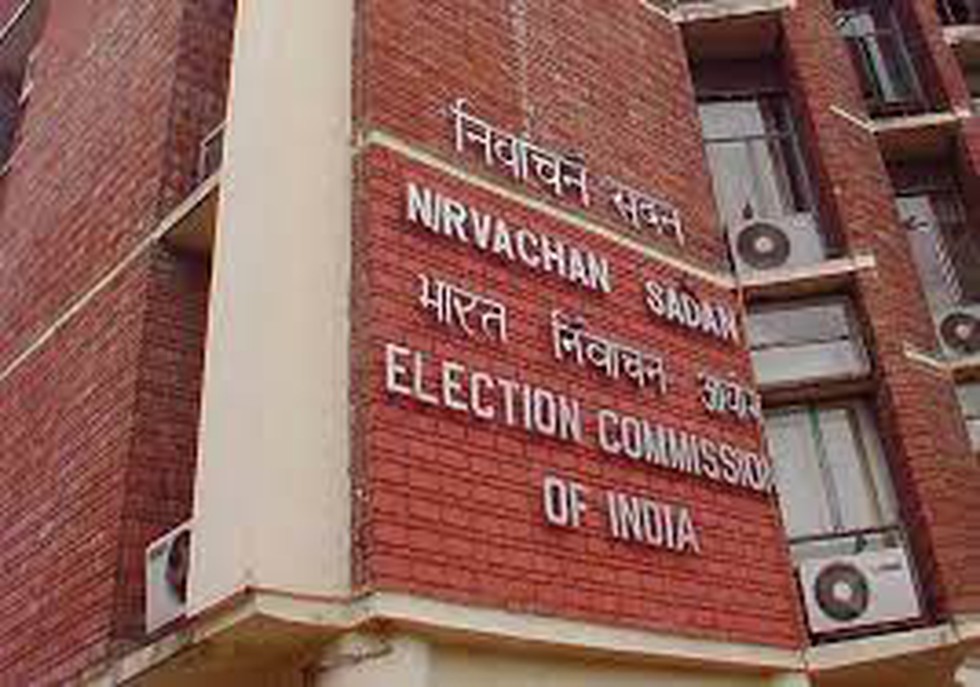
About:
- Theme is ‘Role, Framework & Capacity of Election Management Bodies’.
- It will have discussions on the current & future challenges being faced by the Election Management Bodies’ with respect to their role and framework to ensure ‘election integrity’.
‘Summit for Democracy’:
- It was an initiative of US President and hosted in December 2021.
- Following this Summit, a "Year of Action" was proposed with events and dialogues on themes related to Democracy and to host an in-person ‘Leaders' Summit for Democracy’ subsequently.
- The Summit also developed two platforms - ‘Focal Groups’ and ‘Democracy Cohorts’ to facilitate participation in the Year of Action.
- As part of the ‘Summit for Democracy’ Year of Action, India through the ECI, is leading the ‘Democracy Cohort on Election Integrity’ to share its knowledge, technical expertise and experiences with other democracies of the world.
- ECI, as its lead, has proposed to also provide training and capacity building programmes to Election Management Bodies (EMBs) across the world and provide technical consultancy as per needs of other EMBs.
Oct. 29, 2022
Prelims Pointers
Oct. 29, 2022

इसके बारे में:
- प्रत्येक शिकायत अपील समिति में केंद्र सरकार द्वारा नियुक्त एक अध्यक्ष और दो पूर्णकालिक सदस्य होंगे।
- शिकायत अधिकारी के निर्णय से व्यथित कोई भी व्यक्ति शिकायत अधिकारी से पत्र प्राप्त होने की तारीख से तीस दिनों की अवधि के भीतर शिकायत अपील समिति को अपील कर सकता है।
- इसमें यह भी कहा गया है कि शिकायत अपील समिति एक ऑनलाइन विवाद समाधान तंत्र अपनाएगी।
- मध्यस्थ द्वारा नियुक्त शिकायत अधिकारी के निर्णयों के विरुद्ध अपीलों की सुनवाई के लिए शिकायत अपीलीय समिति का गठन किया गया है।
- बिचौलियों की गोपनीयता नीति और उपयोगकर्ता समझौते आठवीं अनुसूची भारतीय भाषाओं में उपलब्ध कराए जाने हैं।
Prelims Pointers
Oct. 29, 2022
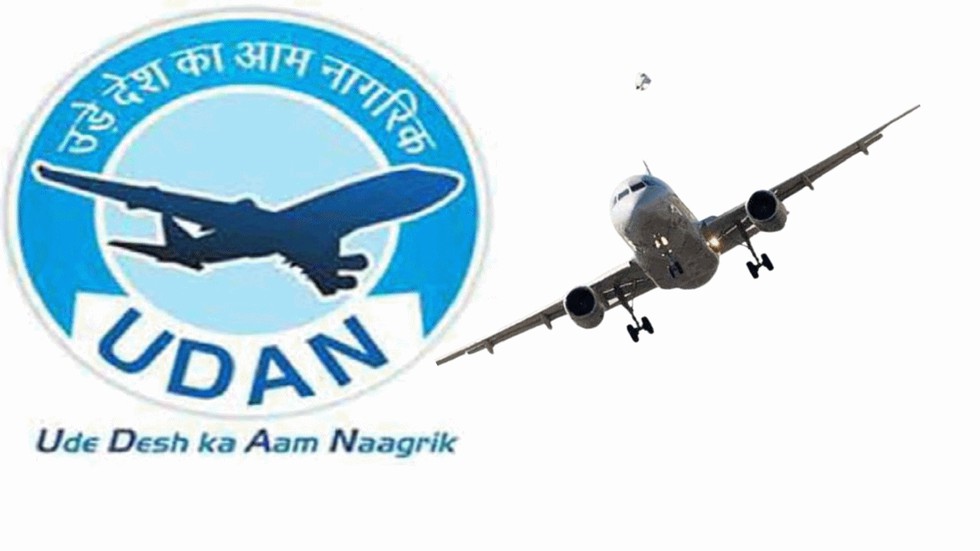
About:
Regional Connectivity Scheme (RCS)-UDAN
- UDAN (UdeDeshkaAamNaagrik) is a regional airport development and "Regional Connectivity Scheme" (RCS) of the Union Government.
- The scheme UDAN envisages providing connectivity to un-served and under-served airports of the country through revival of existing air-strips and airports.
- Implementing Ministry: Ministry of Civil Aviation
- This is first-of-its-kind scheme globally to create economically viable flights on regional routes so that flying becomes affordable to the common man even in small towns.
- It is a key component of the National Civil Aviation Policy (NCAP) which was released by the Ministry of Civil Aviation (India) in 2016.
- The scheme is jointly funded by the central government and state governments.
Two components of UDAN:
- Airports:The first component is to develop new airports and enhance the existing regional airports to increase the number of operational airports for scheduled civilian flights.
- Flight routes:The second component is to add several hundred financially-viable, capped-airfare, new regional flight routes to connect more than 100 under-served and un-served airports in smaller towns by using "Viability Gap Funding" (VGF) where needed.
Prelims Pointers
Oct. 29, 2022

About:
History:
- 17 DRSCs were established in Parliament in 1993 on the proposal of the Lok Sabha Rules Committee.
Seven more similar committees were established in 2004 and their numbers were thus increased from 17 to 24.
Objective:
- The fundamental purpose of the Standing Committees is to make the Executive (i.e. the Council of Ministers) more accountable (particularly in financial matters) to the Parliament.
- They also help the Parliament to discuss the budget more effectively.
Other Important Facts:
- All the Ministries or Departments of the Central Government shall be governed by the 24 Standing Committees.
- Each standing committee consists of 31 members(21 from Lok Sabha and 10 from Rajya Sabha). The members of the Lok Sabha (or Rajya Sabha) are nominated by the Speaker (or Chairman) from amongst its own members.
- A Minister cannot be appointedto any of the DRSCs and if a member of a DRSC becomes a minister, he ceases to be a member of that committee.
- Each standing committee's term of office is one yearfrom the date of establishment.
- Out of the 24, 8 DRSCs work under the Rajya Sabha and 16 DRSCs under the Lok Sabha.
Prelims Pointers
Oct. 29, 2022

About:
- This meeting has been called as the RBI has failed to maintain the consumer price index (CPI) inflation target within the 2-6 per cent band for three consecutive quarters, or nine straight months — January to September 2022.
- This is the first time since the RBI adopted an inflation-targeting monetary policy regime in 2016 that an MPC meeting has been called under the provisions of Section 45ZN of the Act.
Section 45ZN of the RBI Act:
- This section says that in case the RBI fails to meet the inflation target, it has to present a report to the government explaining the reasons for the failure.
- In the report, the central bank will have to mention the remedial actions it proposes to take, and an estimated time within which the inflation target will be achieved following the timely implementation of the proposed remedial actions.
- The report is required to be sent to the government within one month from the date on which the RBI failed to meet the inflation target.
Regulation 7 of the RBI MPC and Monetary Policy Process Regulations, 2016:
- It states that a separate meeting is required to be scheduled as part of the normal policy process to discuss and draft the report to be sent to the government.
Do you know?
- Currently, the Monetary Policy Committee (MPC) meets six times in a financial year, which is every two months.
- The schedule of the MPC meetings for the entire financial year is announced in advance.
Prelims Pointers
Oct. 29, 2022
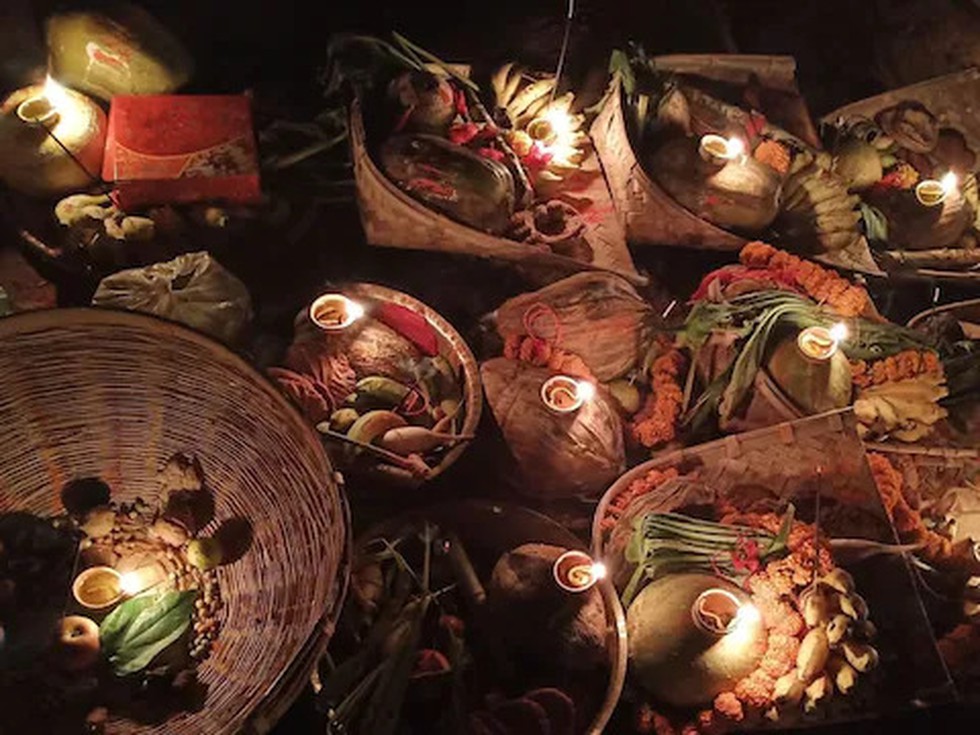
About:
- Dedicated to:Chhath is a Hindu festival dedicated to the Sun god and his wife Usha in order to thank them for bestowing the bounties of life on earth. The Goddess who is worshipped during the famous Chhath Puja is known as Chhathi Maiya (also known as Usha, wife of the sun god).
- Meaning of word chhath:The word chhath means sixth and the festival is celebrated on the sixth day of the month Kartika of the Hindu lunar Bikram Sambat calendar.
- Rituals:The festival is observed over a period of four days. They rituals include holy bathing, fasting, standing in water for long periods of time, and offering prayers and food to the setting and rising sun.
- Who observe it?The main worshipers, called Parvaitin, are usually women. However, many men also observe this festival as Chhath is not a gender-specific festival.
- Regions:The festival is observed most elaborately in Mithila Province of Nepal, Terai-Madhesh region of Nepal, Indian states of Bihar, Jharkhand and UP. It is also more prevalent in areas where migrants from those areas have a presence.
Prelims Pointers
Oct. 29, 2022
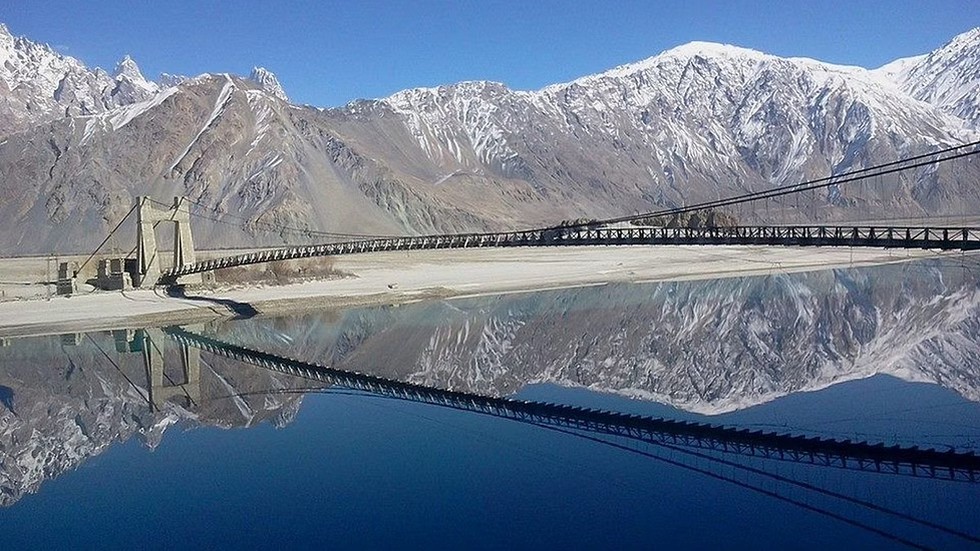
About:
- Gilgit-Baltistan (GB) was formerly known as the Northern Areas.
- It is the northernmost territory administered by Pakistan, providing the country’s only territorial frontier, and thus a land route, with China, where it meets the Xinjiang Autonomous Region.
- To G-B’s west is Afghanistan, to its south is Pakistan-occupied Kashmir, and to the east, the Union Territory of Jammu and Kashmir.
- It is Indian territory, part of the former princely state of Jammu and Kashmir that acceded to India in full after Independence, and which has been under illegal Pakistani occupation.
- Gilgit Baltistan has been under the control of Pakistan since April 1949, when the leadership of the so-called Azad Jammu and Kashmir (AJK) was forced to sign away this territory to Pakistan.
- However, the region does not have any place in the constitutional framework of Pakistan and has been kept under the tight control of the central government.
- Gilgit-Baltistan shares a border with Azad Kashmir, together with which it is referred to by the United Nations as "Pakistan administered Kashmir".
History:
- Gilgit was part of the princely state of Jammu and Kashmir, but it was ruled directly by the British, who had taken it on lease in 1935 from Hari Singh, the Hindu ruler of the Muslim-majority state.
- On October 22, 1947, with Hari Singh dithering on accession to India, Pashtun tribal militiamen along with Pakistani forces poured into the Kashmir Valley and marched towards Srinagar in accordance with a plan known as Operation Gulmarg. On the way, the lashkars engaged in massive plunder and looting in Baramulla.
- Hari Singh signed the Instrument of Accession with India on October 26, 1947. The Indian Army then landed in the Kashmir Valley and began an operation to push back the Pakistani invaders.
Prelims Pointers
Oct. 29, 2022

About:
- Each Grievance Appellate Committee will consist of a chairperson and two whole time members appointed by the Central Government.
- Any person aggrieved by a decision of the Grievance Officer may prefer an appeal to the Grievance Appellate Committee within a period of thirty days from the date of receipt of communication from the Grievance Officer.
- It also states that the Grievance Appellate Committee will adopt an online dispute resolution mechanism.
- Grievance Appellate Committee has been introduced for hearing appeals against decisions of the Grievance Officer appointed by the intermediary.
- Privacy policy and user agreements of intermediaries are to be made available in the Eighth Schedule Indian languages.
Prelims Pointers
Oct. 29, 2022

About:
- His suggestion “One Nation, One Uniform” is in line with his broader attempt to introduce a uniform set of policies across the country.
Currently, there is a ‘one nation, one ration’ card; ‘one nation, one mobility’ card; ‘one nation, one grid’ and a ‘one nation, one sign language’.
Law and order:
- The Indian Constitution puts police forces under the jurisdiction of state governments, and each of the 28 states have their own police force.
- Both ‘public order’ and the ‘police’ are placed in List II (State List) of the Seventh Schedule of the Constitution, which deals with the division of powers between the Union and States.
- While police personnel in India are often associated with the colour khaki, their uniforms do differ in varying degrees in different regions.
- Since state governments and even an individual force can decide the uniform their personnel wear, there are at times inconsistencies in their official attire. For example:
- The Kolkata Police wear white uniforms.
- Puducherry Police constables wear a bright red cap with their khaki uniforms.
- Delhi Traffic Police personnel wear white and blue uniforms.
New Uniform:
- The Bureau of Police Research and Development (BPRD), under the ministry of home affairs (MHA), had designed a new all-weather friendly ‘smart uniform’ for Indian police in 2017 in association with the National Institute of Design (NID) and sent a report to all the states and UTs.
Prelims Pointers
Oct. 29, 2022
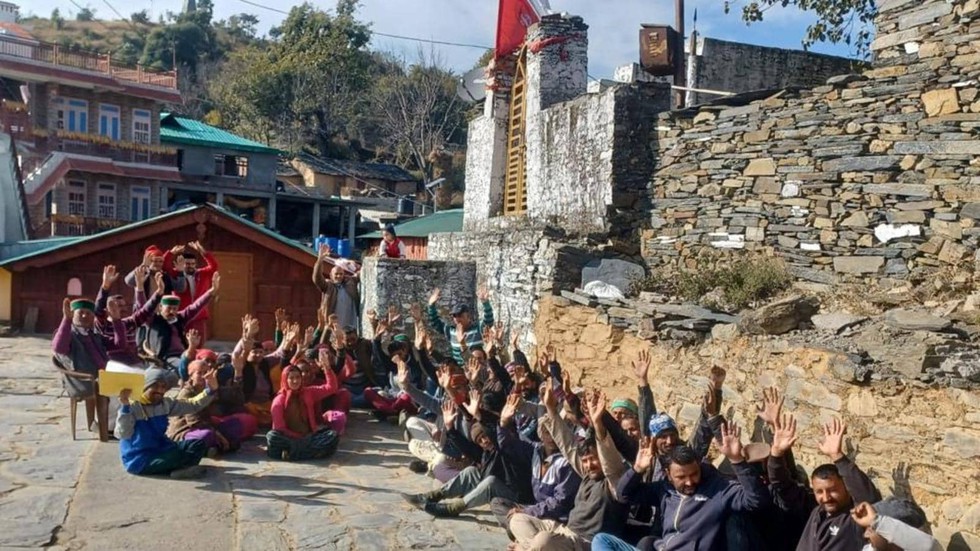
About:
- The Hattis are a close-knit community who take their name from their traditional occupation of selling home-grown crops, vegetables, meat, and wool at small-town markets known as ‘haats’.
- Hatti men traditionally don a distinctive white headgear on ceremonial occasions.
- The Hatti homeland straddles the Himachal-Uttarakhand border in the basin of the Giri and Tons rivers, both tributaries of the Yamuna.
- The Tons marks the border between the two states, and the Hattis living in the Trans-Giri area in today’s Himachal Pradesh and Jaunsar Bawar in Uttarakhand were once part of the royal estate of Sirmaur. Jaunsar Bawar was conquered by the British in 1814.
- Parts of the Trans-Giri region, where most of the Hatti community lives, also come under the Assembly Constituencies of Renukaji, Shillai, and Pachhad.
- The two Hatti clans, in Trans-Giri and Jaunsar Bawar, have similar traditions, and inter-marriages are common.
SC & ST Population of Himachal Pradesh:
- As per the most recent Census (2011), 5.71% of the State’s population is ST and 25.19% of the population is classified as SC.
Prelims Pointers
Oct. 29, 2022
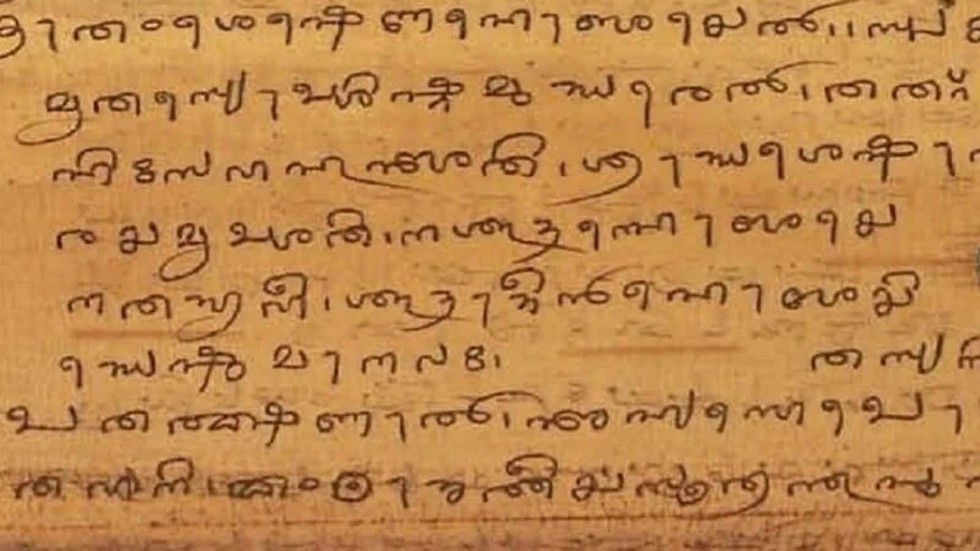
About:
Tulu:
- Tulu is a Dravidian language.
- It is mainly spoken in Udupi, Dakshina Kannada, Kasargod and the Western Ghats had 17,22,768 speakers as per the 2001 census.
- The native speakers of Tulu are referred to as Tuluva or Tulu people and the geographical area is unofficially called Tulu Nadu.
- Features:Separated early from Proto-South Dravidian, Tulu has several features not found in Tamil–Kannada. For example, it has the past perfect and the future perfect, like French or Spanish, but formed without an auxiliary verb.
- Status:At present, Tulu is not an official language in the country.
- Tulu culture:Tulu has a rich oral literature tradition with folk-song forms like paddana, and traditional folk theatre yakshagana.
Kodava:
- It is a Dravidian language.
- Kodava, which is also called Coorgi, is spoken mainly in Kodagu district.
- According to the 2001 census, the total number of Kodava speakers are 166,187, compared to 1,22,000 in the 1997 census.
Prelims Pointers
Oct. 29, 2022
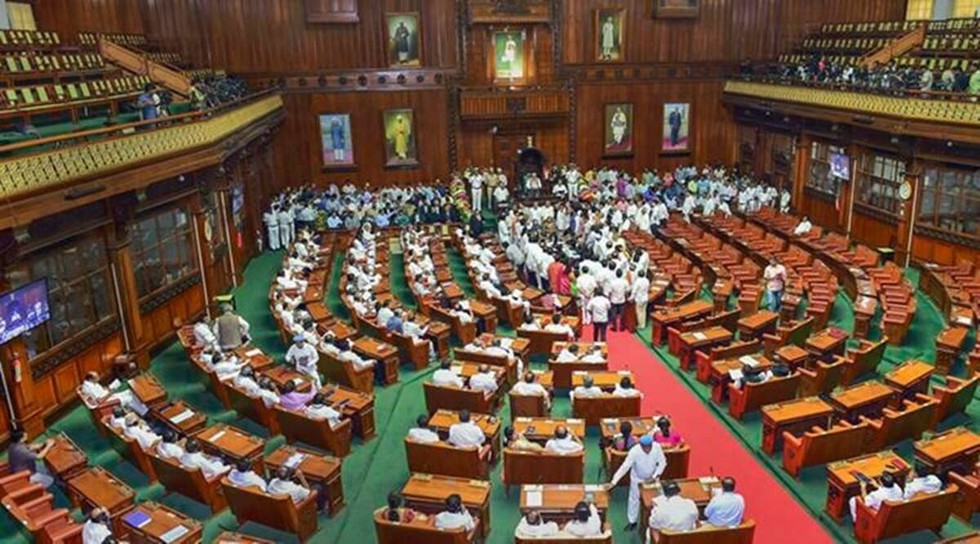
About:
- The Bill aims for the effective implementation of Kannada as the official language of the state with English being the second communication language.
- The bill envisages reservation of jobs for Kannadigas both in the government and private organisations.
- It also has the provision to deny incentives such as tax holiday, tax rebate or exemption and discount in land procurement to the private companies, which do not provide reservation for Kannadigas in employment.
- The job applications have to clear the Kannada language examination that is equivalent to the first language or second language in SSLC (secondary school leaving certificate). Those who have studied Kannada as the first or second language in SSLC or equivalent are exempted from this examination.
- The bill does not specify the quantum reservation on jobs and education or the ranks of the posts to be coming under the purview of reservation.
- All communications, notifications from the state government will be mandated to be in Kannada.
- The proceedings of courts and their orders should be in Kannada based on the situation.
- The bill envisages imposing a fine of Rs 5,000 for any violation if the offence is for the first time.
- The second time offence and third time offence will attract a file of Rs 10,000 and Rs 20,000 respectively.
Oct. 28, 2022
Prelims Pointers
Oct. 28, 2022

About:
- Floating trash barrier could address the serious environmental issue of floating solid waste pollution plaguing India’s water bodies.
- The FTB uses the natural flow of water to bring the trash to the riverbank where it is deployed and from there the trash is manually or mechanically removed.
- The FTB is deployed in eight cities — Bengaluru, Chennai, Puducherry, Hyderabad, Mysuru, Thanjavur, Tuticorin and Coimbatore.
- The FTB is said to be successful in cleaning up the Cooum in Chennai and the Musi in Hyderabad.
- In Bengaluru, it has been deployed in some storm-water drains, and Nagawara and Dasarahalli lakes.
Cleaning and Restoring India’s Water Bodies Challenge:
- Cleaning and Restoring India’s Water Bodies Challenge was conducted by the Office of the Principal Scientific Advisor (PSA).
- The challenge was conducted by the Waste to Wealth Mission — Swachh Bharat Unnat Bharat Mission under the Office of the PSA during November 27, 2020 and February 17, 2021.
Prelims Pointers
Oct. 28, 2022
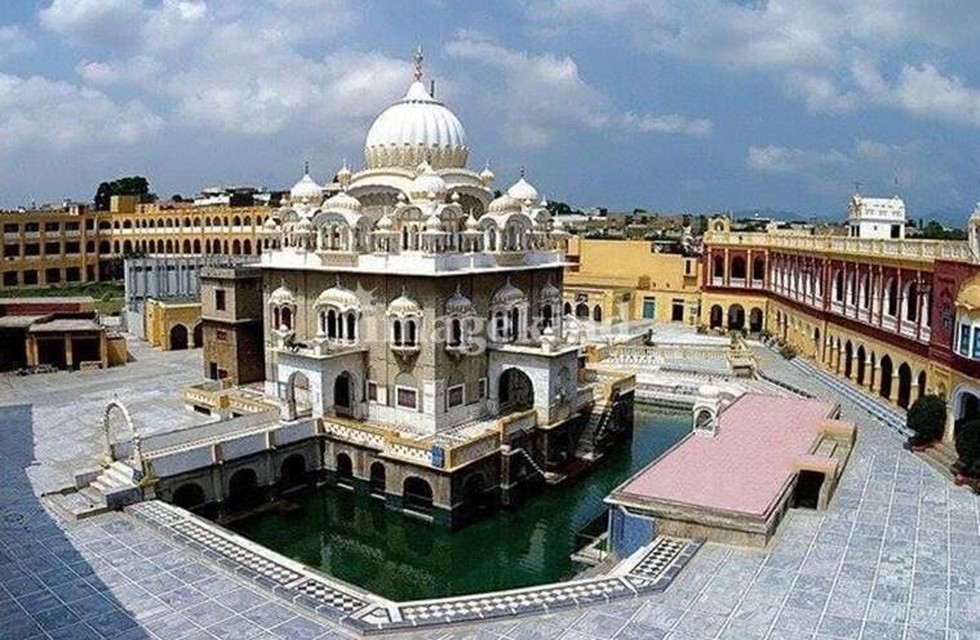
About:
- On October 30, 1922 two Sikhs died and several other Sikh protesters, including women, were injured at Hasan Abdal railway station after the railway authorities under the then-British government refused to stop the train ferrying Sikh prisoners from Amritsar to Attock.
- The Sikhs from nearby Panja Sahib wanted to serve langar (community kitchen food) to the Sikh prisoners but were told by the station master at Hasan Abdal station that the train would not stop at the station.
- In protest, the Sikhs squatted on the railway tracks and as the train approached, the Sikhs, who were determined to halt the train, continued to stay put, demanding their right to serve langar to the Sikh prisoners.
- The train finally came to a screeching halt, but only after crushing many of Sikh protesters — of whom Bhai Karam Singh and Bhai Partap Singh died after sustaining serious injuries.
- Since then, both Sikhs are hailed as martyrs of Saka Panja Sahib who sacrificed their lives fighting for rights of Sikhs against the British.
Gurdwara Panja Sahib:
- The history of the shrine Gurdwara Panja Sahib, in Hasan Abdal of Pakistan, is far older than the Saka Panja Sahib incident.
- The gurdwara was built on the site believed to be visited by Sikhism’s founder Guru Nanak Dev, along with his companion Bhai Mardana.
Prelims Pointers
Oct. 28, 2022

About:
- It is an independent body set up by the News Broadcasters & Digital Association (NBDA).
- It serves as a representative of private television news, current affairs and digital broadcasters.
- Funded entirely by its members, the NBDA has 26 news and current affairs broadcasters (comprising 119 news and current affairs channels) as its members.
- Various senior members of Indian media organisations serve on its Board of Directors.
- It carries out activities “to promote, protect and secure the interests including the right of freedom of speech and expression of the news broadcasters, digital news media and other related entities”.
Composition:
- The body includes a Chairperson who is to be an eminent jurist, and other members such as news editors, and those experienced in the field of law, education, literature, public administration, etc. nominated by a majority of the Board.
- Former Supreme Court judge and jurist AK Sikri is currently serving as the Chairperson.
Function:
- The Authority may initiate proceedings on its own and issue notice or take action in respect to any matter which falls within its regulations.
- This can also be through complaints referred to the Authority by the Ministry of Information & Broadcasting or any other governmental body, or by anyone else via its website.
Prelims Pointers
Oct. 28, 2022
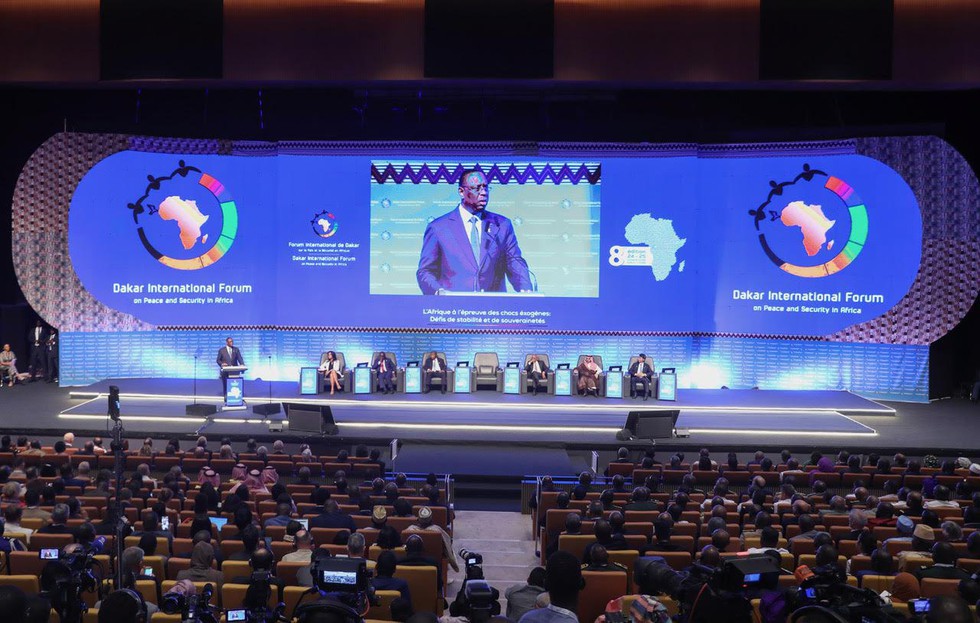
About:
- This is the first time that India participated at the Ministerial level in the event.
- It was formerly known as the Dakar Peace and Security Forum.
- It annually brings together many African Heads of State and Government, international partners, as well as multiple actors of Peace and Security.
- It was launched during the 2013 Élysée Summit organized by France.
- The first edition of the forum was held in December 2014 in Dakar under the high patronage of Macky SALL, President of the Republic of Senegal.
Prelims Pointers
Oct. 28, 2022
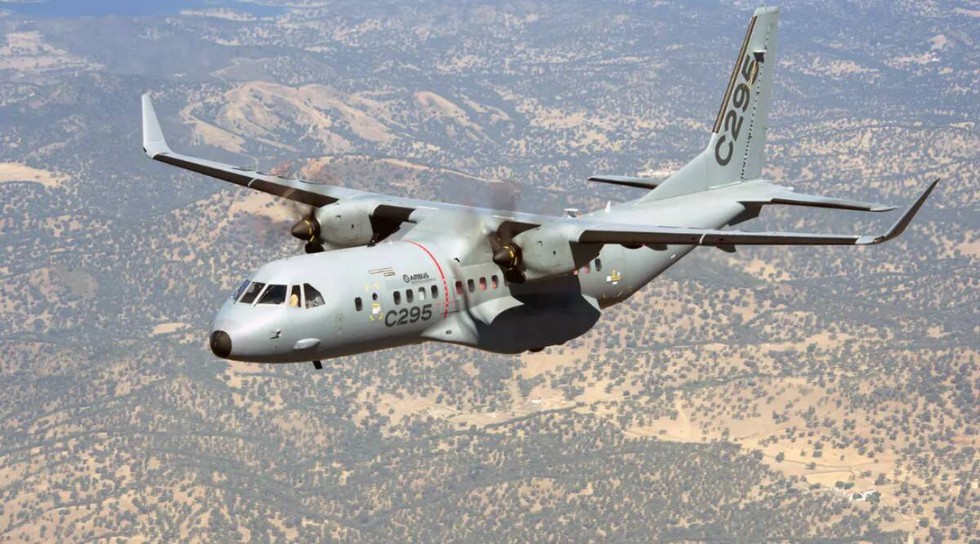
About:
- This is the first project of its kind in which a military aircraft will be manufactured in India by a private company.
- 16 aircraft will be delivered in flyaway condition and 40 will be manufactured in India by the Indian Aircraft Contractor, TATA Consortium of Tata Advanced Systems Limited and Tata Consultancy Services.
- In September 2021, Cabinet Committee on Security had approved the procurement of 56 C-295MW transport aircraft from Airbus Defence and Space S.A.
- The first 16 fly-away aircraft are scheduled to be received between September 2023 and August 2025.
- The first Made in India aircraft is expected in September 2026.
- The aircraft can be used for civilian purposes also.
- All 56 aircraft will be fitted with indigenous Electronic Warfare suite of Indian DPSUs – Bharat Electronics Ltd and Bharat Dynamics Limited.
- After completion of delivery of 56 aircraft to IAF, M/s Airbus Defence & Space will be allowed to sell the aircraft manufactured in India to civil operators and export to countries which are cleared by the Government of India.
C-295MW:
- C-295MW is a transport aircraft of 5-10 tonne capacity with contemporary technology that will replace the ageing Avro aircraft of IAF.
- It has a rear ramp door for quick reaction and para dropping of troops and cargo.
- It can carry around 40-45 paratroopers or around 70 passengers.
- Short take-off/land from semi-prepared surfaces is another of its features.
- The aircraft will strengthen the logistic capabilities of the IAF.
Prelims Pointers
Oct. 28, 2022
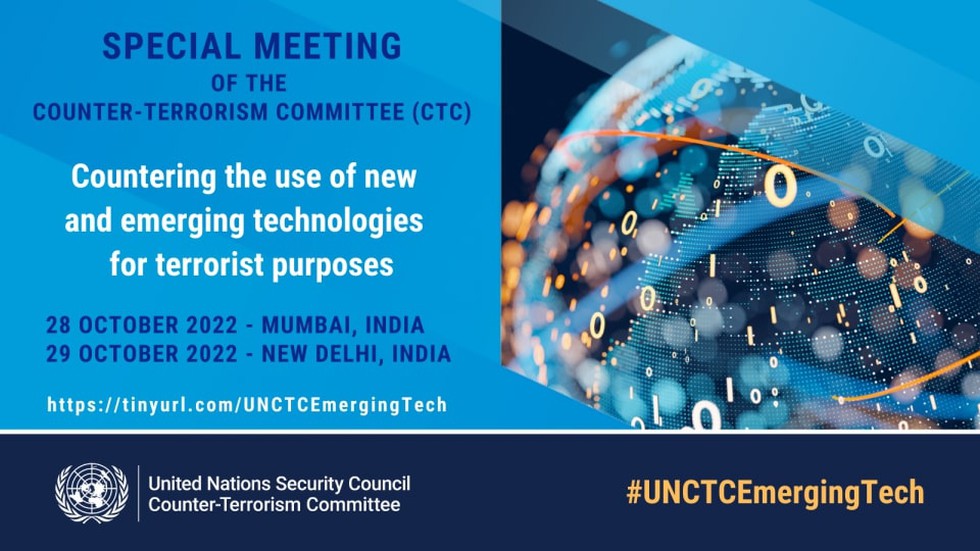
About:
- This will be the first such meeting of the UNSC-CTC in India since its establishment in 2001.
- The Permanent Representative of India to the UN serves as the Chair of the CTC for 2022.
- The overarching theme of the meeting would be 'countering the use of new and emerging technologies for terrorist purposes’.
Counter-Terrorism Committee:
- The Counter-Terrorism Committee was established by Security Council resolution 1373 adopted unanimously on 28 September 2001 in the wake of the 9/11 terror attacks in the US.
- The Committee was tasked with monitoring implementation of resolution 1373 which requested countries to implement a number of measures aimed at enhancing their legal and institutional ability to counter terrorist activities at home and around the world.
- This includes taking steps to criminalize the financing of terrorism, freezing any funds related to persons involved in acts of terrorism, deny all forms of financial support for terrorist groups, suppress the provision of safe haven, sustenance or support for terrorists and share information with other governments on any groups practicing or planning terrorist acts.
- Besides, the Committee monitors steps taken to cooperate with other governments in the investigation, detection, arrest, extradition and prosecution of those involved in terror acts and criminalizes active and passive assistance for terrorism.
Prelims Pointers
Oct. 28, 2022
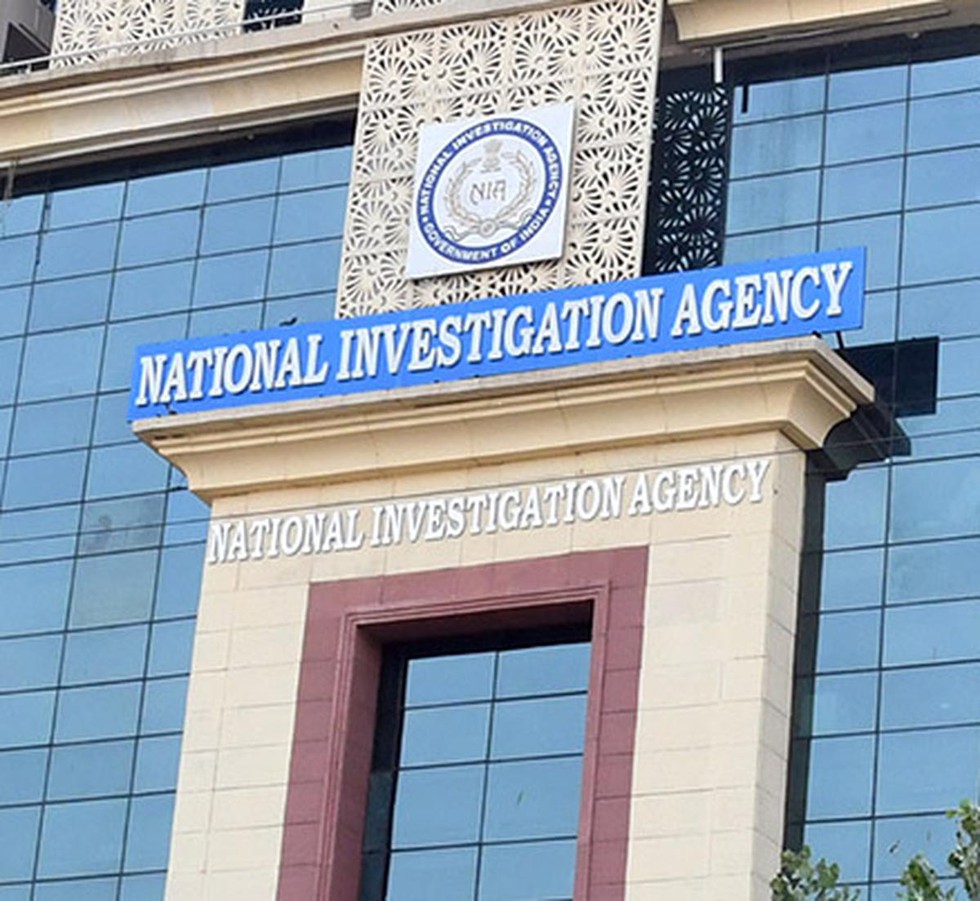
About:
- National Investigation Agency (NIA) is the Central Counter Terrorism Law Enforcement Agency of India.
- Parent agency:Union Ministry of Home Affairs.
- Establishment:NIA was created after the 2008 Mumbai terror attacks with the enactment of the National Investigation Agency Act 2008.
- Jurisdiction:
- The agency is empowered to deal with terror related crimes across states without special permission from the states.
- A State Government may request the Central Government to hand over the investigation of a case to the NIA, provided the case has been registered for the offences as contained in the schedule to the NIA Act.
- NIA special courts:
- Various Special Courts have been notified by the Govt. of India for trial of the cases arising out of offences committed in various states of the Union.
- These are presided over by a judge appointed by the Central Government on the recommendation of the Chief Justice of the High Court with jurisdiction in that region.
- Offices:
- It is headquartered in Delhi.
- Branches: Hyderabad, Guwahati, Kochi, Lucknow, Mumbai, Kolkata, Raipur, Jammu, Chandigarh, Ranchi, Chennai and Imphal.
Prelims Pointers
Oct. 28, 2022
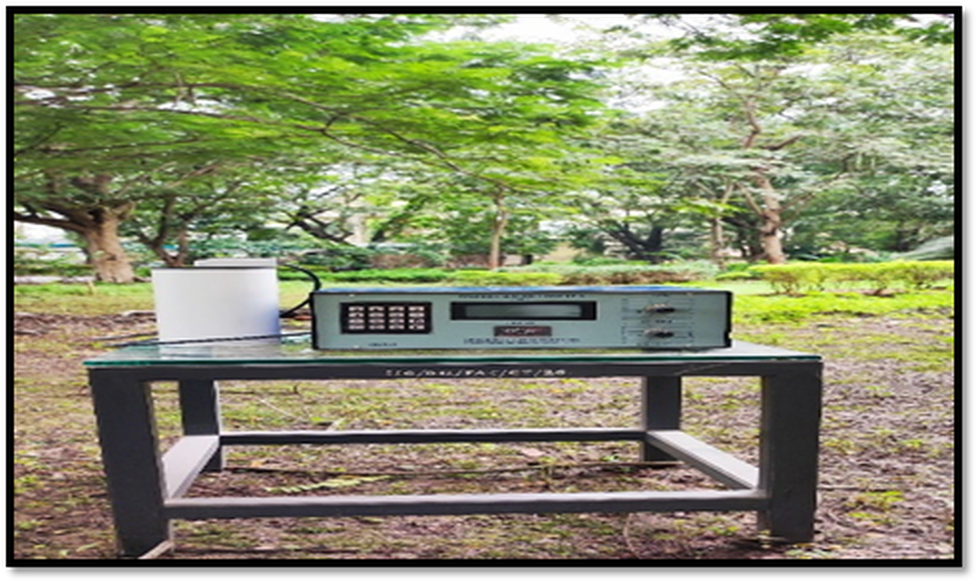
About:
- The Indian Institute of Geomagnetism (IIG), an autonomous research institution under Department of Science & Technology, Government of India, has developed the magnetometer as part of its technology development program.
- It will pave way for reducing the cost of sampling and sensing experiments essential for geomagnetic sampling.
- The performance of this indigenously made magnetometer is at par with a commercial OVH sensor that is currently installed at the magnetic observatories of IIG.
- Overhauser Magnetometer is one of the most accurate magnetometers extensively used by all magnetic observatories around the world.
- They are known for their higher accuracy, higher sensitivity, and efficient power consumption and hence find applications in all magnetic observatories worldwide as well as in international space programs.
- It has so far been imported for such purposes in India.
Prelims Pointers
Oct. 28, 2022
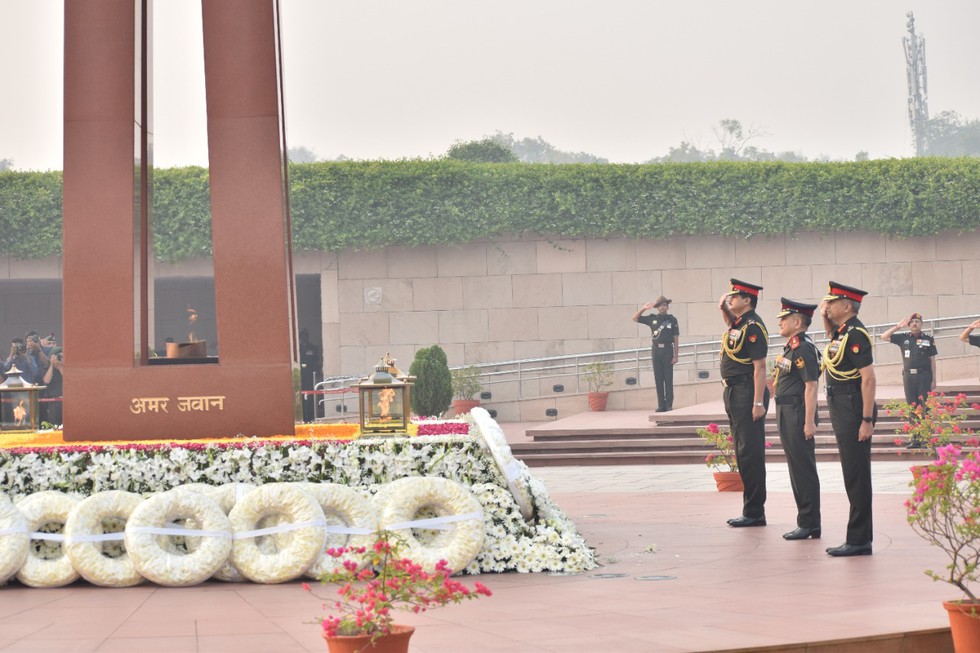
About:
- It aims to acknowledge the contributions of Infantry, the largest fighting arm of the Indian Army.
- This day is commemorated to honour the brave soldiers of the infantry who fought and laid down their lives during the India-Pakistan war in 1947.
- The operation was started on October 27, 1947; to protect the people of Kashmir from the Pakistani invaders after Maharaja Hari Singh of Kashmir had signed the Instrument of Accession of Kashmir to India.
- The Indian Air force carried out the task of flying the troops of 1st Sikh Regiment into Srinagar on this day.
Prelims Pointers
Oct. 28, 2022
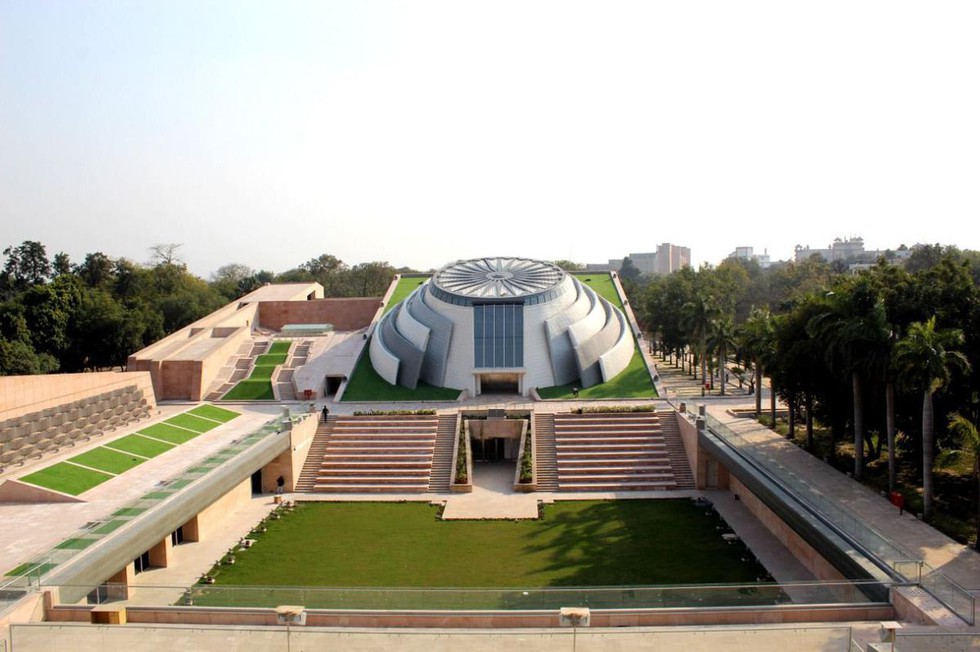
About:
- The Pradhanmantri Sangrahalaya is a tribute to every Prime Minister of India since Independence, and a narrative record of how each one has contributed to the development of our nation over the last 75 years.
- The logo of the Sangrahalaya shows hands holding the dharma chakra, symbolising the nation and democracy.
- The Sangrahalaya will also include the Nehru Museum.
- It is located at the iconic Teen Murti complex.
Display:
- From the freedom struggle to the framing of the Constitution, the museum will have displays that showcase stories of how the respective Prime Ministers steered the nation.
- Personal items, gifts and memorabilia like medals, commemorative stamps, speeches of PMs and anecdotal representations of ideologies will be on display at the museum.
History:
- The Teen Murti Bhawan, the site of the new museum, was the official residence of Jawaharlal Nehru, the first Prime Minister of India.
- The Nehru Memorial Museum and Library (NMML) was set up in his memory on its premises as an autonomous institution under the Union Culture Ministry.

